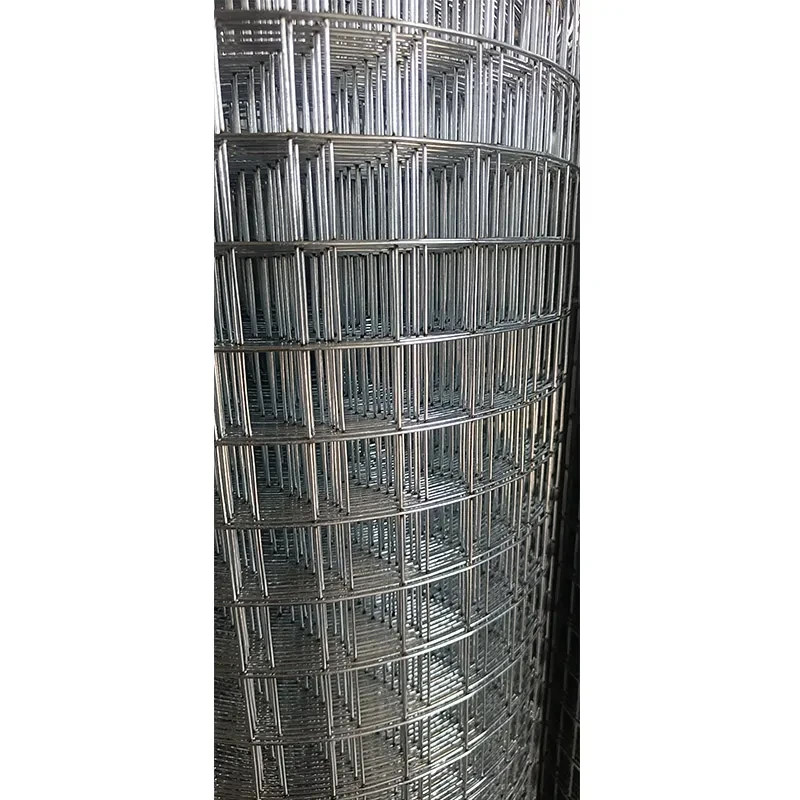9 月 . 25, 2024 21:14 Back to list
barbed wire fences
The Versatile Utility of Barbed Wire Fences
Barbed wire fences, an innovation that emerged in the late 19th century, have become a staple in agricultural and industrial settings worldwide. Comprising twisted strands of wire with sharp barbs strategically spaced along them, these fences serve various purposes that extend beyond simple enclosure. Their design, effectiveness, and economical use make them an essential tool for farmers, ranchers, and even security personnel.
Initially invented to confine livestock, barbed wire revolutionized the management of agricultural lands. With the vast expanses of unclaimed territories in the United States during the 1800s, traditional fencing materials like wood were not only expensive but also scarce. Barbed wire offered a practical alternative—lightweight, easy to transport, and affordable. One can imagine the relief of farmers who discovered that with just a few rolls of this wire, they could effectively keep cattle, sheep, and other animals within designated areas, thus preserving their crops and simplifying their herding processes.
Beyond agriculture, barbed wire fences play a crucial role in enhancing security. Many of today’s industrial facilities, warehouses, and military establishments utilize barbed wire as a deterrent against unauthorized access. The sharp barbs act as a psychological barrier; potential intruders often think twice before attempting to scale such a fence. In high-security areas, barbed wire can be further upgraded with razor wire or electrified fencing, creating formidable defenses against intruders.
barbed wire fences

The aesthetic appeal of barbed wire is also noteworthy, especially in contemporary art and design. Artists and designers have incorporated barbed wire into sculptures, installations, and fashion, using it to convey themes of tension, confinement, and protection. This duality—the balance of beauty and danger—reflects the complex relationship humans have with boundaries, possessions, and control.
While primarily functional, barbed wire fences also raise ethical concerns regarding their implications for wildlife and the environment. In many regions, barbed wire can pose significant hazards to animals who may become entangled in the wire, leading to injury or death. This has prompted conservationists to advocate for the use of wildlife-friendly fencing alternatives that can coexist with agricultural and security needs. Solutions such as offset fencing—where the wire is installed off the ground to allow safe passage for smaller animals—are being explored to minimize the ecological impact.
Moreover, the versatility of barbed wire extends into various industries beyond farming and security. For instance, it is used in prison yards to prevent escapes and maintain order. Additionally, in military contexts, barbed wire fences are invaluable for safeguarding perimeters and controlling access in combat zones. This varied application underscores its importance as a multi-functional tool in human society.
In conclusion, barbed wire fences are more than mere boundary markers; they embody a fusion of necessity and innovation. From their role in the agricultural revolution to modern security measures, their influence is extensive. While their practicality is undisputed, it is vital that we approach the use of barbed wire fences with an awareness of their potential environmental impacts, seeking alternatives that balance human needs with ecological integrity. As society evolves, so too should our methods of establishing boundaries and security—ensuring that they foster safety without compromising the habitats of the wildlife that share our world.
-
Secure Your Roof with Quality Roofing Nails
NewsNov.04,2024
-
Secure Your Property with Quality Field Fencing
NewsNov.04,2024
-
Enhance Your Space with Quality Mesh Fencing
NewsNov.04,2024
-
Discover the Versatility of Iron Wire for Your Projects
NewsNov.04,2024
-
Discover the Versatility of Common Nails for Your Projects
NewsNov.04,2024
-
Discover Quality Hydraulic Fittings for Your Applications
NewsNov.04,2024









